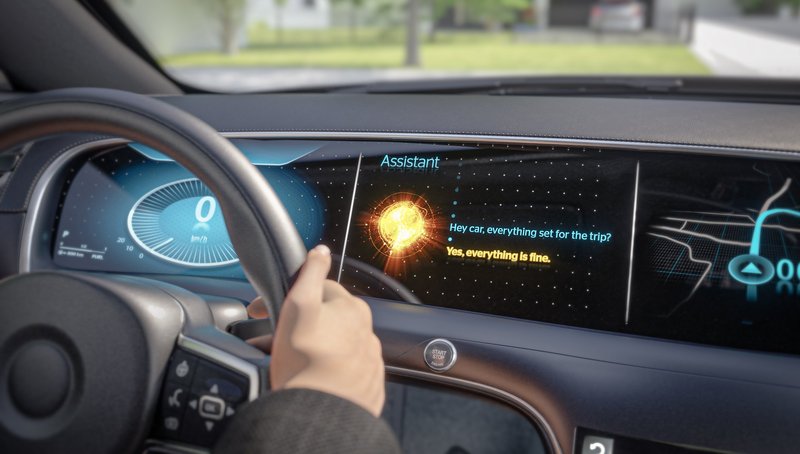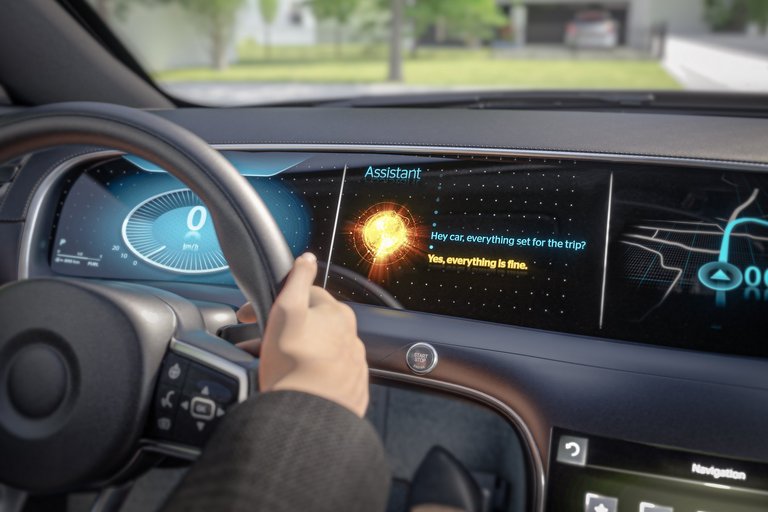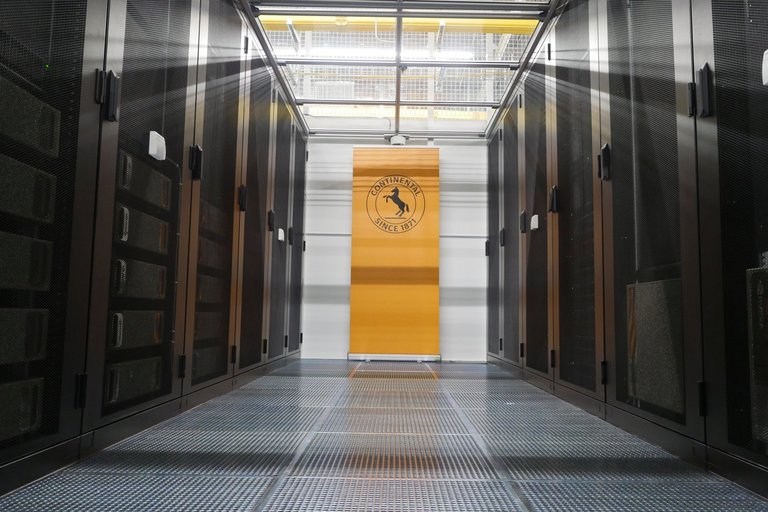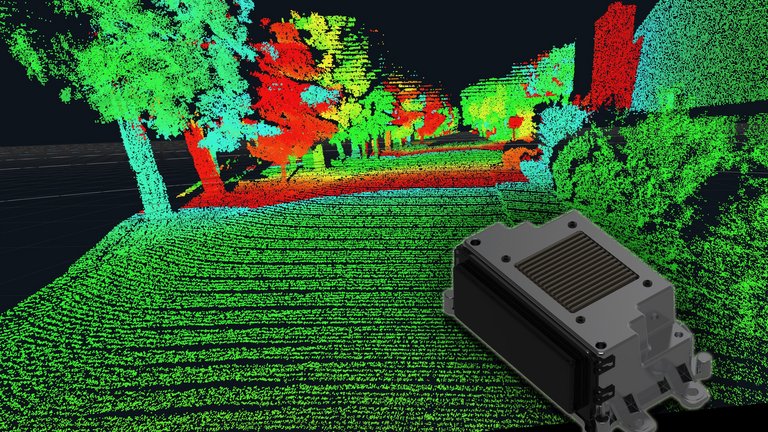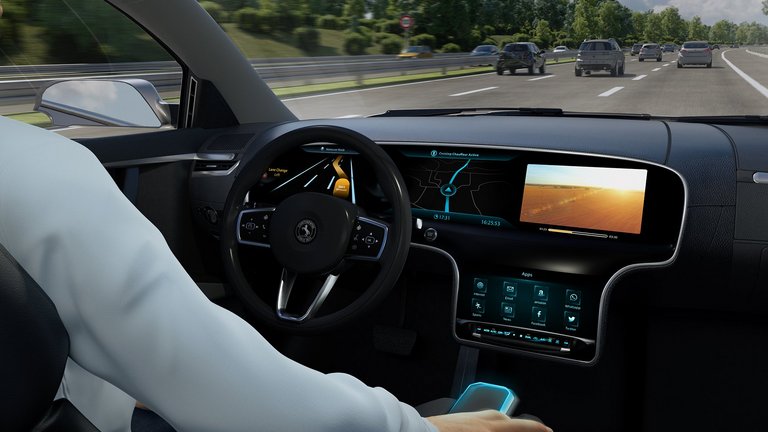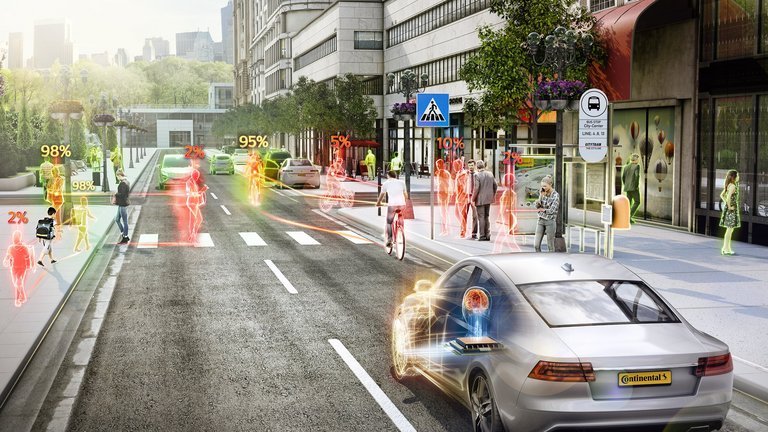Autonomous Mobility
The traffic of the future is highly complex
- Data management: Cars already generate large volumes of data. Mobility concepts such as autonomous driving are accelerating this development which requires efficient data management. Continental collects petabytes of relevant data during development. At the same time, the continuously increasing amount of data increases the quality of driver assistance functions by constantly improving the functional software.
- Artificial intelligence: Artificial intelligence (AI) is used to learn required behavior from data. AI can be used as early as at the data acquisition stage to identify driving scenarios of specific interest in the raw dataset. This is how Big Data becomes Smart Data.
- Deep Learning: In Deep Learning, an artificial neural network enables the machine to learn through experience and to combine new information with existing knowledge. This essentially mimics the learning process of the human brain.
Huge amount of data is generated during the testing of autonomous vehicles. With the help of data from prototype vehicles, but also the individual sensor data from vehicles that are already on the road, Continental is able to continuously develop the driver assistance functions. The recorded real journeys are saved and can then be used for virtual run throughs again and again with new software versions. That results in AI models that are so extensive and detailed that they can represent any traffic situation imaginable. Continental's demand is clear: The systems must work at all times and in all places.
One challenge is to make the AI models that will ultimately enable the vehicle to steer through any traffic situation must be compact enough to fit into a small chip in the car. And the technology must be laid out for longevity - because the life cycle of a vehicle is significantly longer than that of a smartphone.
Artificial intelligence helps with evaluation
Continental relies on artificial intelligence and massive computing power to develop systems for autonomous driving. AI improves driver assistance systems, makes mobility smarter as well as safer, and accelerates the development of systems for autonomous driving. To this end, Continental and NVIDIA established a high-performance computing cluster based on the NVIDIA DGX AI system to boost development performance in the field of autonomous driving. Advanced driver assistance systems use AI to make decisions, assist the driver and ultimately operate autonomously.
Environmental sensors such as radar and cameras provide raw data. This raw data is processed in real time by intelligent systems to build a comprehensive model of the vehicle's environment and develop a strategy for interacting with it. Ultimately, the vehicle must be controlled to behave as intended. However, as systems become more complex, traditional software development and machine learning methods are reaching their limits. Deep learning and simulations have become fundamental methods in the development of AI-based solutions to understand the high-level complexity of our environment.
Deep Learning needs computing power
In Deep Learning, an artificial neural network enables the machine to learn through experience and combine new information with existing knowledge. This essentially mimics the learning process of the human brain. To date, the data used to train these neural networks has mainly come from Continental's fleet of test vehicles. They currently drive around 15,000 test kilometers every day, collecting around 100 terabytes of data - the equivalent of 50,000 hours of movies. Already, the recorded data can be used to train new systems by playing it back to simulate physical test drives.
"We expect the time needed to fully train a neural network to be reduced from weeks to hours," says Balázs Lóránd, head of Continental's AI Competence Center in Budapest, Hungary, who is working with his teams to develop the infrastructure and algorithms for AI-based innovation. Continental's supercomputer can now even be used to simulate test drives. Going forward, simulations could reduce the need to record, store and analyze data generated by the physical fleet, as necessary training scenarios can be created instantly within the system itself. This increases the speed of development, as virtual vehicles can cover the same number of test kilometers in just a few hours that would take a real car several weeks.
Systems must work everywhere and at all times
High-performance systems are needed to cope with the ever-growing volumes of data, the increasing variety of functions and networking in the vehicle. Conventional distributed vehicle architectures with up to 100 or more control units quickly reach their limits in terms of complexity and the ability to steer innovative functions. In a new and more centralized architecture, high-performance computers (HPC) replace some conventionally distributed ECUs and acts as the central "electronic brain" for data management. The vehicle becomes part of the Internet of Things and complexity is simplified by collating traditional vehicle functions into one ECU.
In addition, the HPC handles wireless updates of software and firmware throughout the life of the vehicle. This means that the vehicle always remains up-to-date and new functions and applications can be installed at any time.
